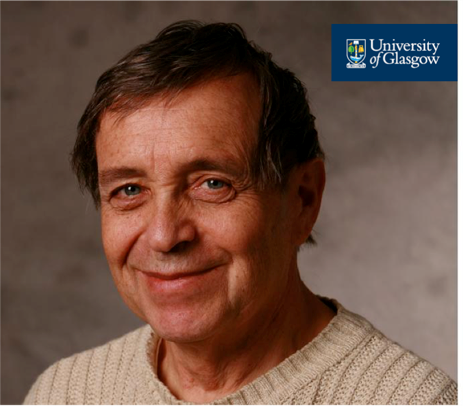2017 Lecture: Terahertz Sensing - Professor Michael S. Shur, Rensselaer Polytechnic Institute
Published: 24 March 2017
Date: Thursday, 20th April 2017, 15:30-17:00 Venue: Stevenson Lecture Theatre, James Watt South Building
Professor Michael S. Shur, Patricia W. and C. Sheldon Roberts Professor, Rensselaer Polytechnic Institute, will be visiting the School of Engineering. As part of his visit he will deliver the Electronic Systems Design Centre Spring Lecture entitled, "Terahertz Sensing". Abstract and biography are given below.
Date & Time: 15:30, Thursday, 20th April
Venue: Stevenson Lecture Theatre, James Watt South Building
Abstract
Terahertz sensing is enabling technology for detection of biological and chemical hazardous agents, cancer detection, detection of mines and explosives, providing security in buildings, airports, and other public space, short-range covert communications (in THz and sub-THz windows), and applications in radioastronomy and space research. This lecture will review the-state-of-the-art of existing THz sources, detectors, and sensing systems. As application examples, I will discuss THz space exploration, sensing of biological materials, broadband THz reflection and transmission detection of concealed objects, THz explosive identification, THz nanocomposite spectroscopy, and THz remote sensing.
Most existing terahertz sources have low power and rely on optical means of the terahertz radiation. THz quantum cascade lasers using over thousand alternating layers of gallium arsenide and aluminum gallium arsenide have achieved high THz powers generated by optical means. Improved designs and using quantum dot medium for THz laser cavities are expected to result in improved THz laser performance. Large THz powers are generated using free electron lasers or THz vacuum tubes.
Two-terminal semiconductor devices are capable of operating at the low bound of the THz range, with the highest frequency achieved using Schottky diode frequency multipliers (reaching a few THz). High speed three terminal electronic devices (FETs and HBTs) are approaching the THz range (with cutoff frequencies and maximum frequencies of operation above 1 THz and close to 0.5 GHz for InGaAs and Si technologies, respectively. A new approach called plasma wave electronics recently demonstrated terahertz emission and detection in GaAs-based and GaN-based HEMTs and in Si MOS, SOI, and FINFETs and in FET arrays, including the resonant THz detection. It has potential to become a dominant THz electronics technology.
Biography
Dr. Michael Shur is Patricia W. and C. Sheldon Roberts Professor at Rensselaer Polytechnic Institute. He is Life Fellow of IEEE, APS, and SPIE, Fellow of OSA, IET, ECS, WIF, MRS, AAAS, life member of IEEE MTT, Sigma Xi, and Humboldt Society, and member of Eta Kappa Nu, Tau Beta Pi, and ASEE. He is Editor-in-Chief of IJHSES, ADCOM member of IEEE Sensor Council, IEEE EDS Member of the Board of Governors and Distinguished Lecturer of IEEE EDS and of IEEE Sensors Council. He is co-founder and Vice-President of Sensor Electronics Technology, Inc. His awards include Tibbetts Award for Technology Commercialization, St. Petersburg Technical University Honorary Doctorate, University of Vilnius Honorary Doctorate, IET Achievement Medal, ECS Photonics Award, IEEE Kirchmayer Award, Gold Medal of Russian Education Ministry, and Best Paper Awards. Dr. Shur is a Foreign Member of the Lithuanian Academy of Sciences.
First published: 24 March 2017
<< CAE Lectures


